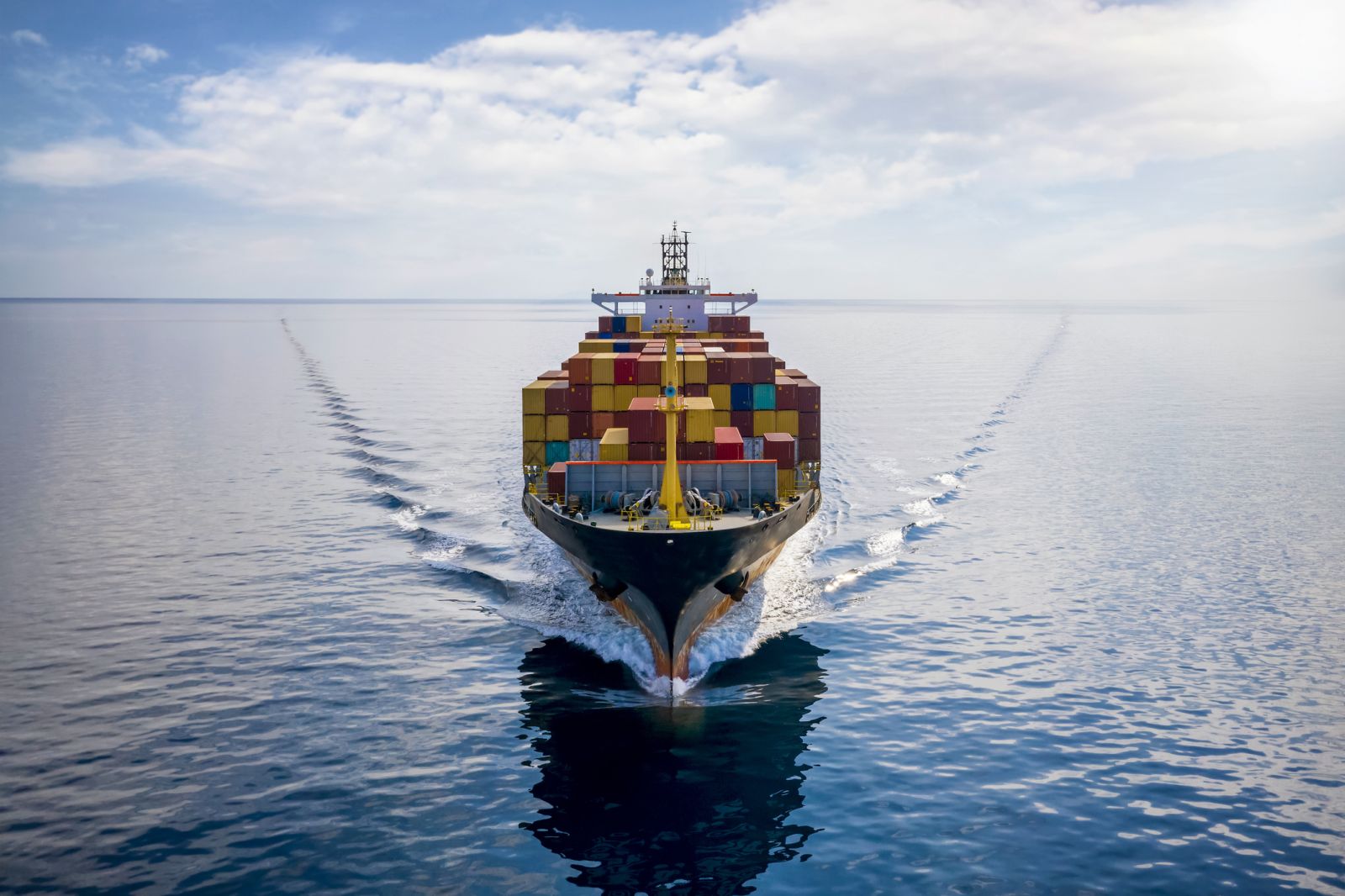
One of the main reasons Wall Street analysts cite for their belief that the inflation problem is licked is that supply chain bottlenecks - caused by the pandemic - are gone.
And while those pandemic-related problems are gone, we are now facing renewed supply chain problems. This time, the problems are centered on two crucial links in global supply chains - the Suez and Panama Canals.
The first chokepoint is due to geopolitics, while the second is due to climate change, with water levels six feet below normal. Let me explain…
Shipping Rates Soaring
Short-term rates for container shipping between Asia, Europe, and the U.S. are climbing quickly on reduced capacity caused by threats to cargo vessels in the Red Sea, as well as very low water levels, thanks to a major drought in Panama. And in the past year, there have also been other drought-caused chokepoints - on the Rhine in Europe, and the Mississippi River in the U.S.
For example, rates from Asia to North America’s East Coast have risen 55% to $3,900 for a 40-foot container. And services from Asia to northern Europe and to the Mediterranean both cost more than twice their levels in January 2019. This data comes from Freightos, a cargo booking and payment platform.
A separate gauge of spot container rates, released on Jan. 4, also showed a surge - up 61% in just one week! According to the Drewry World Container Index, rates from China to Europe have more than doubled since Dec. 21, and those from Shanghai to Los Angeles rose 30%.
Keep in mind that the IMF (International Monetary Fund) calls the Red Sea/Suez Canal a “systemically important” shipping lane that handles more than 19,000 vessel transits a year. The Suez Canal handles 28% of global container volumes, while the Panama Canal handles 8% of container volumes and $270 billion in trade annually. The Panama Canal is responsible for 46% of containers moving from Northeast Asia to the U.S. East Coast.
Shipping lines raise their prices when their capacity is stretched, and add surcharges for the extra time it takes to deliver goods. Ships are being forced now to sail around Africa and South America to avoid the Suez and Panama Canals, respectively.
The oil tanker market is also seeing price rises, shipbroker Braemar wrote in a research report, mostly for vessels hauling refined fuels like gasoline and diesel. Earnings for ships hauling refined fuels from the Mediterranean to Japan via the canal have climbed from about $8,000 a day in early December, to $26,000 this past week.
And it could get much worse. Some spot rates cited on Maersk’s website have more than tripled just since October, JPMorgan analysts said in a note last week.
In simple terms, “Any route involving the Red Sea is red hot,” the Braemar analysts said.
The Effects Have Just Begun
We have yet to really see the effects of the canal chokepoints, but they are coming.
Retailers have started warning of supply chain disruptions that could result from the vessel diversions. Ikea, the world’s largest furniture retailer, said that the situation “will result in delays and may cause availability constraints for certain Ikea products.”
Michael Aldwell, executive vice -president of the Swiss logistics group Kuehne+Nagel (KHNGY), told the Financial Times that about 19,000 ships navigated through the Suez Canal each year, typically taking 30 to 40 days to complete an Asia-Europe voyage. “Choosing this alternative route from Asia to Europe may extend the journey by three to four weeks,” he said.
In a nutshell, here is what this all means:
Longer supply lines tie up more vessels, boost freight rates, and widen the time between the origin of a good and its final destination.
Furthermore, a worsening supply chain will be bullish goods demand, as companies over-order to ensure they have adequate inventories.
In other words, supply chain disruptions are BACK in a big way in 2024.
1 Shipping ETF to Consider
But Wall Street hasn’t caught on yet. Most analysts still say inflation is beaten, and to avoid shipping stocks.
I beg to differ. There will be a lot of money made from this latest supply chain disruption.
The direct way for you to profit from this renewed disruption is by owning the stocks of the major shipping companies. This is easily done through an ETF - the SonicShares Global Shipping ETF (BOAT). Its portfolio consists of 47 stocks, including all the major shippers, and the ETF is up 14% just in the last month.
BOAT is a buy at its current price of around $31 a share.








